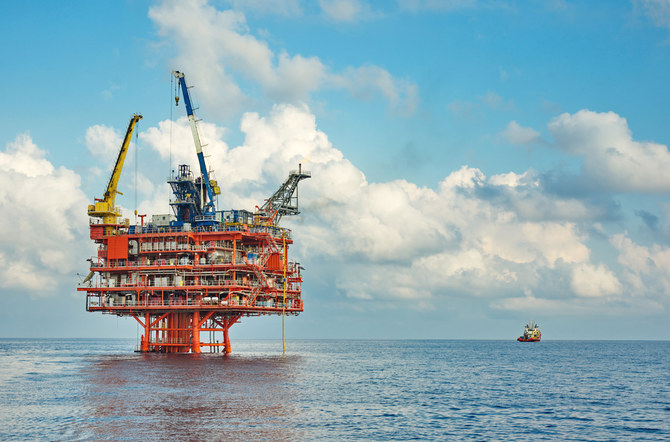RIYADH: Oil prices extended declines on Thursday as concerns over geopolitical tensions eased, while rising numbers of COVID-19 cases in China added to demand worries for the world's largest crude importer.
Brent crude futures fell by $1.04, or 1.1 percent, to $91.82 a barrel by 0430 GMT. US West Texas Intermediate crude futures slid $1.17, or 1.4 percent, to $84.42 a barrel.
On Wednesday Brent dropped by 1.1 percent and WTI 1.5 percent after Russian oil shipments via the Druzhba pipeline to Hungary restarted.
Oil producer Diamondback to buy Lario Permian for $1.5 billion
Oil and gas producer Diamondback Energy said on Wednesday it has agreed to buy all leasehold interest and related assets of Lario Permian, a unit of Lario Oil & Gas Co., for around $1.5 billion in cash and stock.
Lario Permian's assets consist of about 25,000 acres in the Northern Midland Basin in Texas, with estimated 2023 production of about 18 thousand barrels of oil per day.
"When combined with our pending FireBird acquisition, we will grow our Midland Basin footprint by approximately 83,000 net acres, add 500 high quality drilling opportunities," Diamondback CEO Travis Stice said.
The latest deal, expected to close on Jan. 31, 2023, comes a month after Diamondback said it would buy all leasehold interests and related assets from FireBird Energy for $1.6 billion in cash and stock.
White House asks Congress for $500 million to modernize oil reserve
The Biden administration has asked Congress for $500 million to modernize the US strategic petroleum reserve, a document outlining the request shows.
If approved by Congress, the request, issued by the White House on Tuesday, provides the Department of Energy with funding to improve the four SPR sites along the Texas and Louisiana coasts.
President Joe Biden announced the biggest withdrawal ever from the reserve earlier this year of 180 million barrels in an effort to push down oil prices that jumped after Russia's Feb. 24 invasion of Ukraine. The historic release of oil has pushed supplies in the SPR to the lowest level since March of 1984.
The proposed funding "would allow the SPR to both maintain operational readiness levels and also alleviate anticipated shortfalls due to supply chain issues, the COVID-19 pandemic, and related schedule delays," the White House said in the request.






















